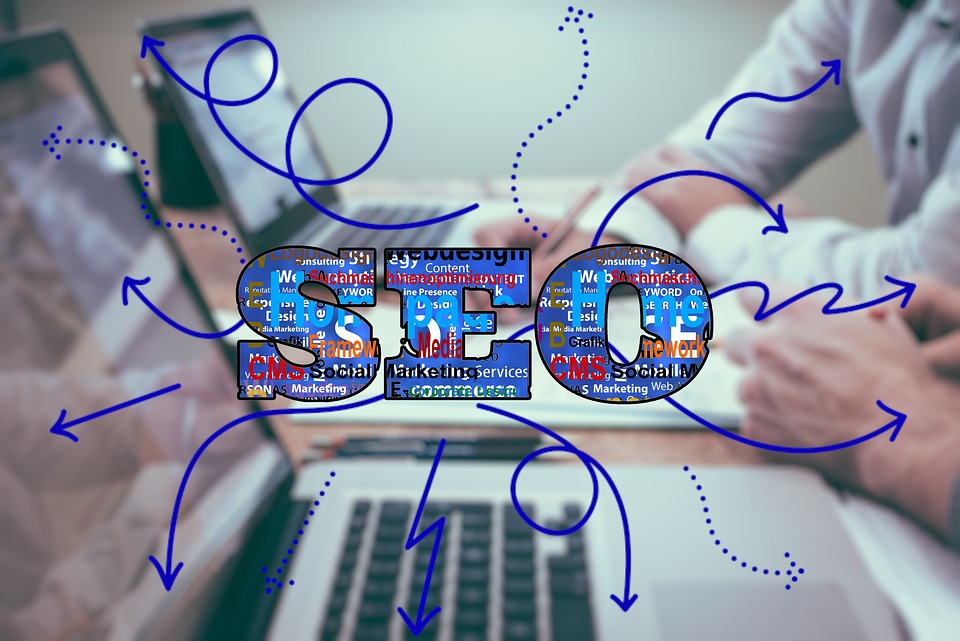Maximizing Website Speed: The SEO Impact of Page Load Times
In today’s fast-paced digital landscape, website speed has become a crucial factor in determining the success of a website. Not only does it affect user experience, but it also has a significant impact on search engine optimization (SEO). In this article, we’ll explore the importance of website speed, its impact on SEO, and provide tips on how to maximize your website’s speed to improve your online presence.
The Importance of Website Speed
Website speed is a critical aspect of user experience. A slow-loading website can lead to:
- High bounce rates: Users are more likely to abandon a website that takes too long to load, resulting in a higher bounce rate.
- Decreased conversions: A slow website can lead to a decrease in conversions, as users may lose patience and leave the site before completing a desired action.
- Poor user experience: A slow website can lead to frustration, making it difficult for users to navigate and engage with your content.
The SEO Impact of Page Load Times
Search engines like Google also take website speed into consideration when ranking websites. A slow website can negatively impact your SEO in several ways:
- Lower search engine rankings: Google’s algorithm favors websites that load quickly, so a slow website may be penalized in search engine rankings.
- Increased bounce rates: A slow website can lead to higher bounce rates, which can negatively impact your website’s ranking.
- Decreased crawl rate: Search engines may crawl your website less frequently if it takes too long to load, which can impact your website’s visibility.
How to Maximize Website Speed
To maximize your website’s speed and improve your SEO, follow these tips:
- Optimize images: Compress images to reduce file size and improve page load times.
- Use a content delivery network (CDN): A CDN can help distribute your website’s content across different geographic locations, reducing latency and improving page load times.
- Enable browser caching: Allow browsers to cache frequently-used resources, reducing the need for repeated requests.
- Minify and compress code: Minify and compress HTML, CSS, and JavaScript files to reduce file size and improve page load times.
- Use a fast web hosting service: Choose a web hosting service that offers fast and reliable servers.
- Optimize server response time: Ensure your server responds quickly to requests by optimizing server configuration and reducing the number of requests.
- Use a website speed testing tool: Use tools like Google PageSpeed Insights, Pingdom, or GTmetrix to identify areas for improvement and track your website’s speed over time.
- Monitor and analyze website performance: Regularly monitor and analyze your website’s performance to identify areas for improvement and optimize your website for better speed.
Conclusion
Website speed is a critical aspect of user experience and SEO. By optimizing your website’s speed, you can improve user experience, increase conversions, and improve your website’s ranking in search engines. By following the tips outlined in this article, you can maximize your website’s speed and improve your online presence. Remember to regularly monitor and analyze your website’s performance to ensure optimal speed and SEO.
#Maximizing #Website #Speed #SEO #Impact #Page #Load #Times





**mindvault**
mindvault is a premium cognitive support formula created for adults 45+. It’s thoughtfully designed to help maintain clear thinking
Das Spiel am Desktop ist möglich, wird allerdings nur
über die Plattform von Facebook angeboten. Mit Blick auf das Spielangebot müssen wir im
Hugo Casino Erfahrungsbericht
noch einmal auf die Besonderheiten des Anbieters eingehen. So kannst
du zum Beispiel in einer Billionaire Liga mit anderen Spielern teilnehmen. Wer über
Facebook am Computer spielt, kann den Kundensupport einfach über eine
Chat-Funktion erreichen. Zurückgreifen kannst du für
die Zahlungen zum Beispiel auf das beliebte eWallet
PayPal.
Die Huuuge Casino Billionaire Liga ist ein virtueller Wettbewerb im Casino, in dem sich die Spieler in verschiedenen Clubs miteinander messen. Die Free Coins werden zum
einen direkt nach der Kontoeröffnung gutgeschrieben. Für den Willkommensbonus ist lediglich
die kostenlose Registrierung im Social Casino erforderlich.
Zusätzlich kannst du in einzelnen Spielen von Münz-Boostern profitieren oder dir kostenlose
Chips als Bonus bei einem Chip-Kauf schnappen. Gemeinsam
mit anderen Spielern schnappt ihr euch dann erstklassige Bonus-Promotionen. Zusätzlich dazu bietet das
Casino verschiedene Aufgaben und Herausforderungen.
Neu- und Bestandskunden kommen also gleichermaßen auf ihre Kosten und können sich durchgängig for free unterhalten lassen. Hier lernst du zudem das Angebot
einmal genauer kennen – es lohnt sich also gleich
doppelt. Nach der Kontoeröffnung erhältst du bereits die erste
Million Chips auf direktem Wege auf das Spielerkonto.
These programs reward regular players and keep the experience engaging over time.
Oshi Casino’s VIP program dishes out points for every wager, which
you can redeem for bonuses or cash. The casino will typically match your deposit by 50%, 100% or more.
The top online casino for PayID are sites licensed by international regulators and offer instant, secure deposits and withdrawals, along with strong game selections and fair bonus terms.
Online casinos for real money usually offer a great deal of choice on games
so that they have something for everyone. Bonuses at the best online casinos for Australian players come in all different shapes and
sizes – some that give you extra value. Yes, online casinos are legal for players within Australia.
A top Australian casino online in 2025 offers a wide range of games at the click of
a mouse, and it takes just minutes to sign up for a real money casino Australia account.
Some sites also run prize draws, or chuck in a
promo occasionally. It might take a few days, more if
it’s over a weekend. Australia has a few famous casino resorts, the
Crown Melbourne and The Star Sydney are the big
ones. Usually cheap or free to enter and could land you a decent prize just by playing your usual slots.
Generally, the higher the RTP, the better the payout for players.
Typically, this bonus matches your first deposit up to a certain percentage.
From tempting newcomers to rewarding regulars, these bonuses come in several shapes and sizes.
The Piggy Extra Chance features nudged symbols for more bonuses.
Visa and Mastercard are widely accepted for deposits and withdrawals.
However, they may not always qualify for welcome casino
packages. The fees are generally low, transactions are fast, and many e-wallets offer loyalty rewards.
They are known for super-fast deposits and withdrawals, low fees,
and high privacy.
References:
https://blackcoin.co/victor96-your-ultimate-entertainment-destination-1-gaming-hub-in-australia/
paypal neteller
References:
https://hellos.link/
casinos online paypal
References:
teachersconsultancy.com